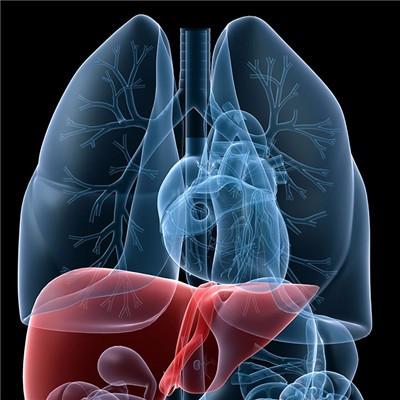Symptoms of general anesthesia
summary
General anesthesia is referred to as general anesthesia. It refers to the temporary inhibition of the central nervous system when anesthetics are inhaled through the respiratory tract, injected intravenously or intramuscularly into the body. The clinical manifestations are loss of consciousness, loss of general pain, amnesia, reflex inhibition and skeletal muscle relaxation. The degree of inhibition on the central nervous system is related to the concentration of drugs in the blood, and can be controlled and regulated. This inhibition is completely reversible. When the drug is metabolized or excreted from the body, the patient's consciousness and various reflexes gradually recover. Symptoms of general anesthesia? Let's talk about it
Symptoms of general anesthesia
In the process of clinical operation, the thinking mode of anesthesiologist is between surgery and internal medicine, and the ultimate goal is to eliminate or reduce the fear of operation and perioperative pain and safety of patients to the greatest extent. Anesthesiologists are the protector of patients' safety during the operation.

Anesthesiologists need to use a variety of drugs to maintain a certain state of anesthesia, but also to ensure the safety of patients throughout the operation process, to provide safe and painless surgical conditions. However, patients, surgery and other conditions are very different, there may still be some unexpected situations, and some of them are likely to endanger life safety.

Vomiting or reflux under anesthesia may lead to serious consequences. Aspiration of gastric contents, as well as acute respiratory obstruction and other serious pulmonary complications, is one of the important causes of death in patients under general anesthesia. The degree of acute lung injury caused by aspiration is directly related to the physicochemical properties of gastric contents (such as pH, size of lipid fragments) and volume of aspiration, as well as bacterial contamination.

matters needing attention
Different anesthesia methods also have different effects. Anesthetics are mainly divided into gas anesthetics and liquid anesthetics. Their mechanism of action is different, so their side effects are also different. The use of anesthetics may cause nausea, vomiting, asphyxia, respiratory obstruction, etc.













